For golfers, success on the course is built not only on skill and practice but also on physical well-being. An often-overlooked factor in a golfer's health and performance is how they sleep. Improper sleeping positions can lead to stiffness, reduced mobility, and even injuries, all of which directly impact a golfer's swing, flexibility, and overall game.
Here’s a closer look at how sleeping positions influence your golf game and tips to improve your rest for better performance.
The Link Between Sleep and GolfGolf demands a combination of flexibility, balance, and strength, all of which can be compromised by poor sleep habits. Improper sleep positions can place undue stress on your spine, shoulders, and hips—key areas for generating power and maintaining control in your swing. Over time, this can lead to chronic pain, reduced range of motion, and an increased risk of injuries.
The Best Sleep Positions for Golfers-
Back Sleeping:
Sleeping on your back is widely regarded as the best position for spinal alignment. It evenly distributes your body weight, reducing strain on the neck, shoulders, and lower back. Adding a small pillow under your knees can further support the natural curve of your spine, ensuring you wake up refreshed and ready to play. -
Side Sleeping:
Side sleeping is another golfer-friendly position, especially if you place a pillow between your knees. This alignment reduces stress on your hips and lower back, areas critical for maintaining a stable and powerful golf stance. However, avoid curling into a tight fetal position, as it can restrict breathing and cause stiffness. -
Stomach Sleeping:
Stomach sleeping is the least recommended for golfers. This position often twists the neck and compresses the lower back, leading to stiffness and discomfort. If you can't avoid stomach sleeping, consider using a thin pillow or no pillow at all to minimize neck strain.
-
Invest in the Right Pillow:
A pillow that supports your neck’s natural curve is essential. Look for one that matches your sleeping position—firmer for back sleepers, softer for side sleepers. -
Choose a Supportive Mattress:
Your mattress should provide a balance of comfort and support, preventing sagging that can misalign your spine. -
Stretch Before Bed:
Gentle stretching can loosen tight muscles, particularly in the shoulders and lower back, reducing the likelihood of waking up stiff. -
Maintain Sleep Hygiene:
Stick to a consistent bedtime routine, limit screen time before bed, and create a dark, cool environment conducive to restful sleep.
By improving your sleeping habits, you can expect:
- Enhanced Flexibility: Restful sleep and proper spinal alignment lead to greater range of motion, which is critical for a fluid swing.
- Injury Prevention: Reducing pressure on joints and muscles during sleep minimizes the risk of strains and chronic pain.
- Increased Energy: Quality rest replenishes your body, giving you the stamina needed to maintain focus throughout a round.
While swing mechanics and fitness routines are often emphasized, don’t overlook the importance of sleep. Adjusting your sleep position and habits can enhance your mobility, prevent injuries, and keep you in peak condition for the course. By prioritizing your rest, you can ensure that your body is as ready as your mind to tackle every tee shot and putt. Sweet dreams—and lower scores await!


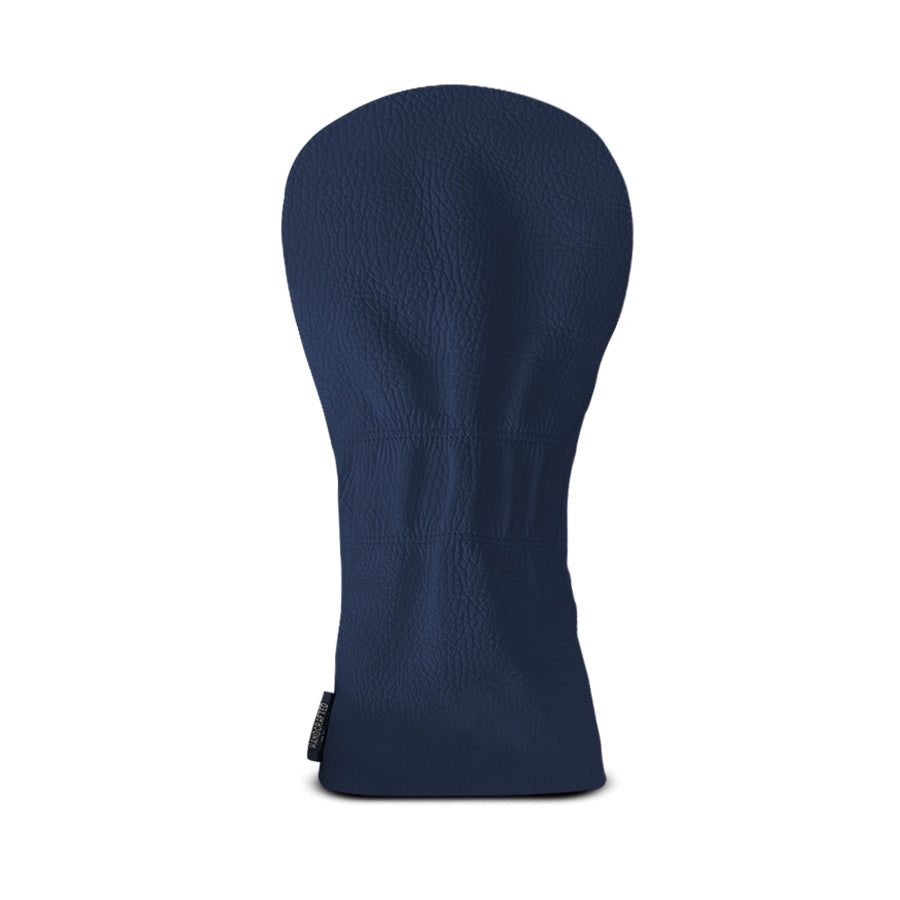

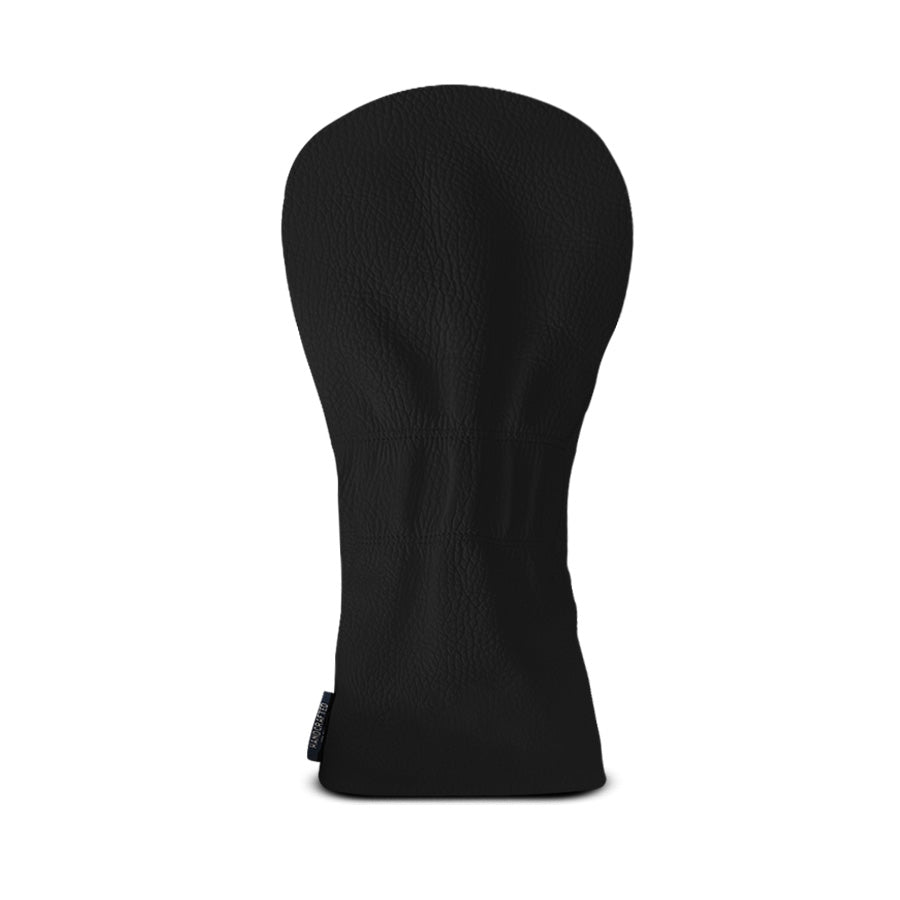




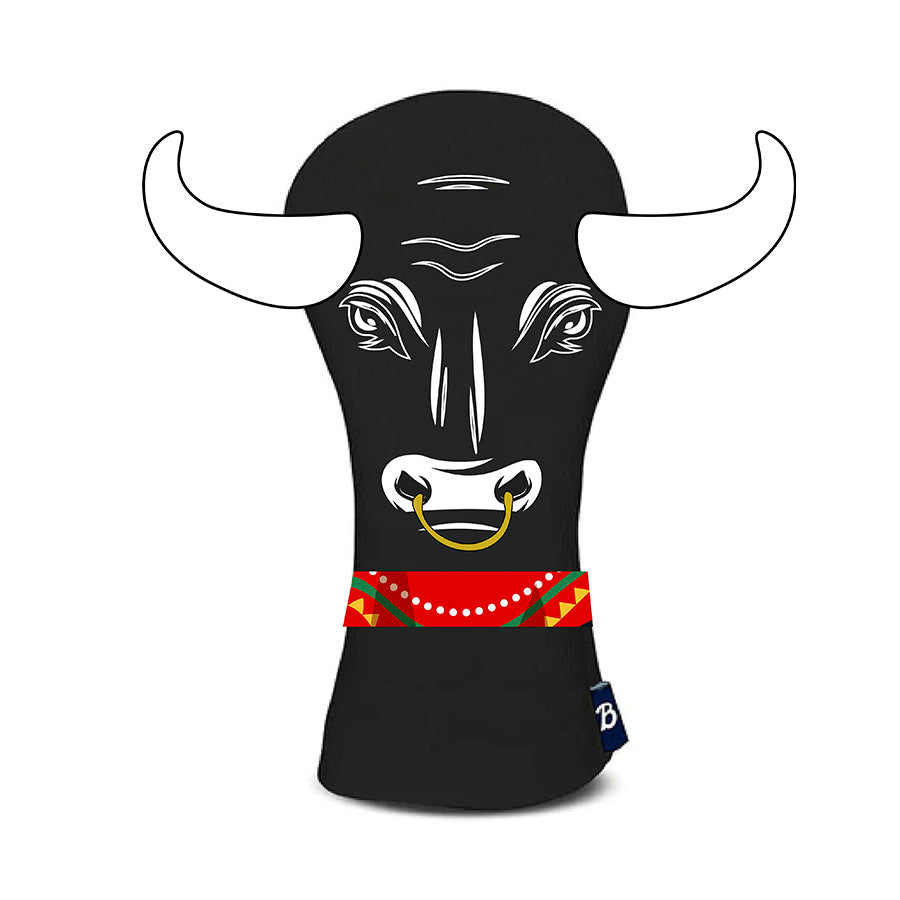
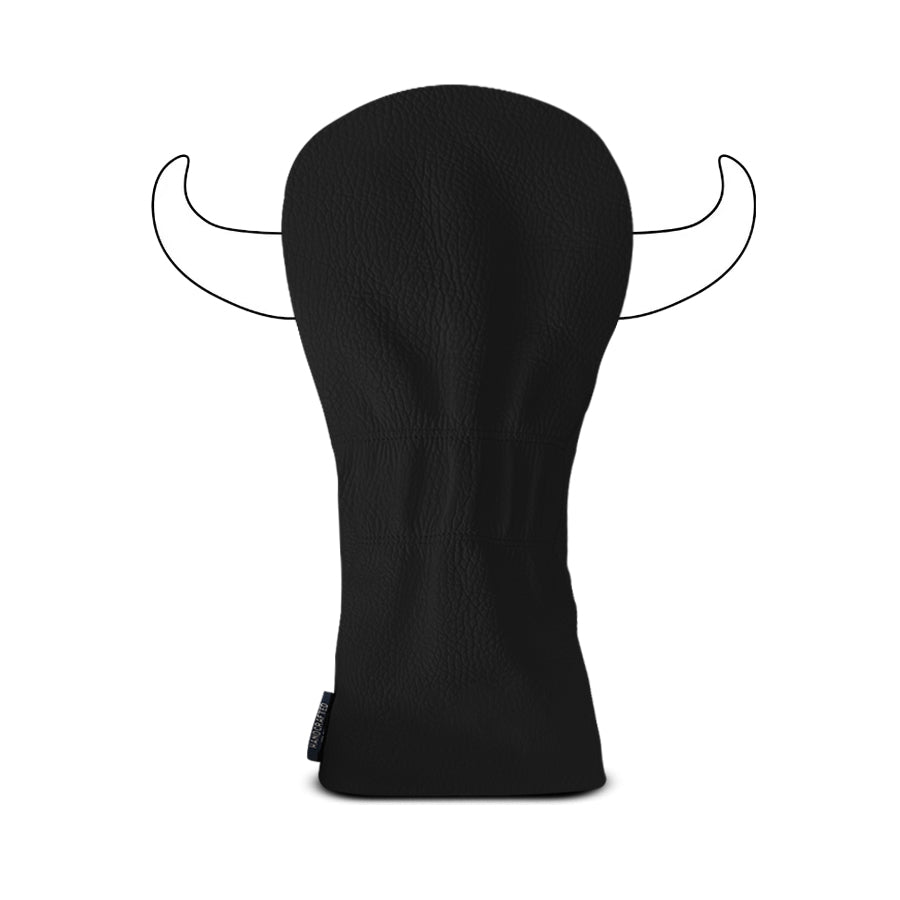



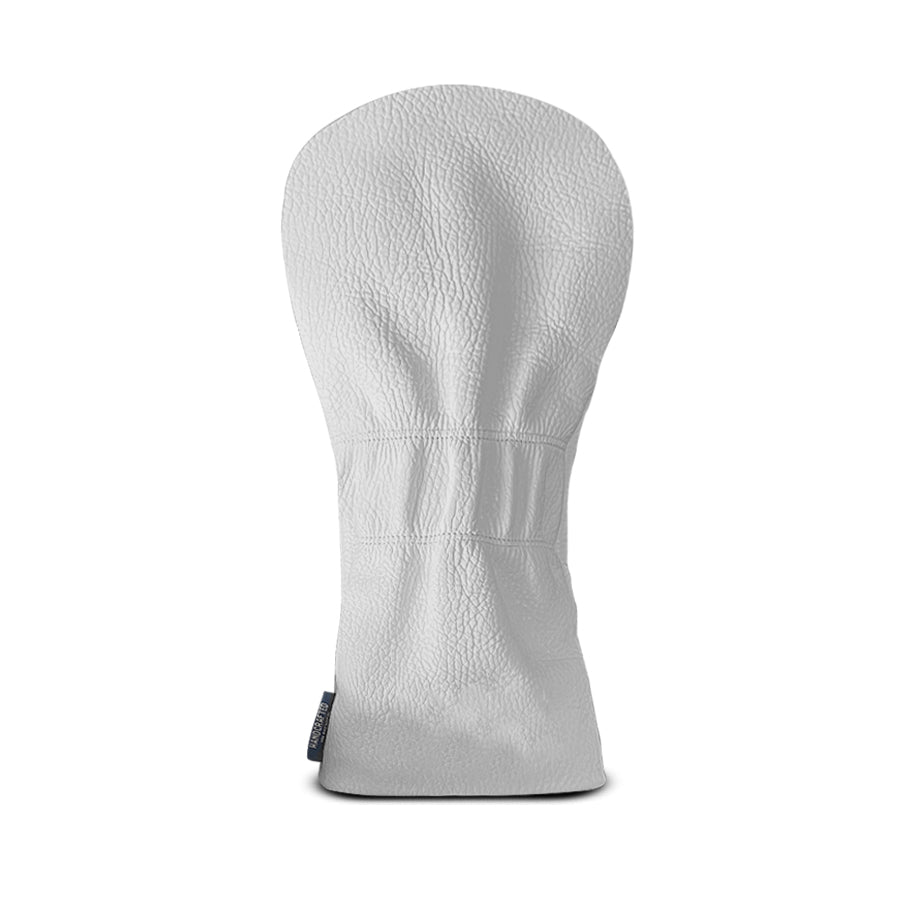





















Leave a comment